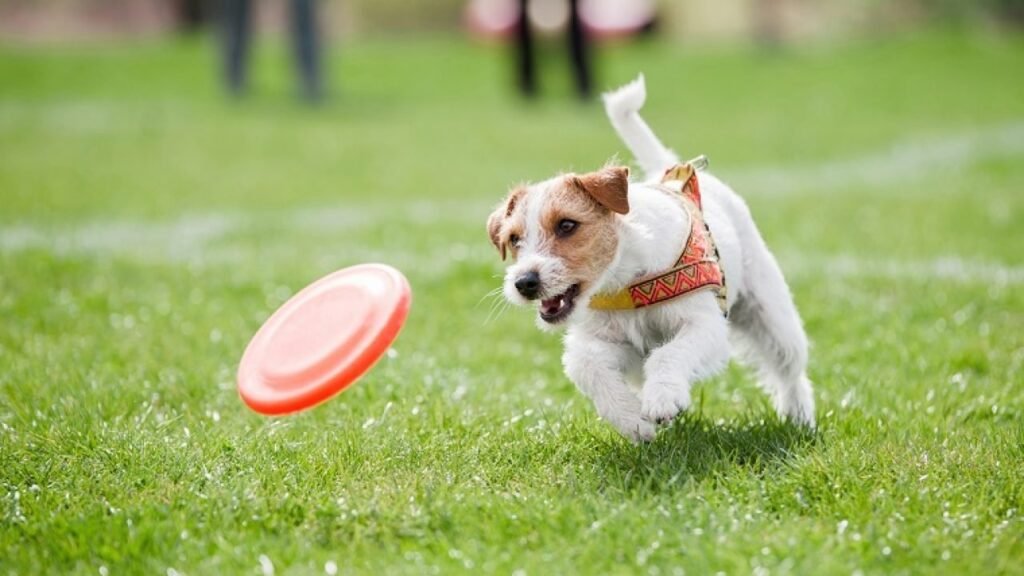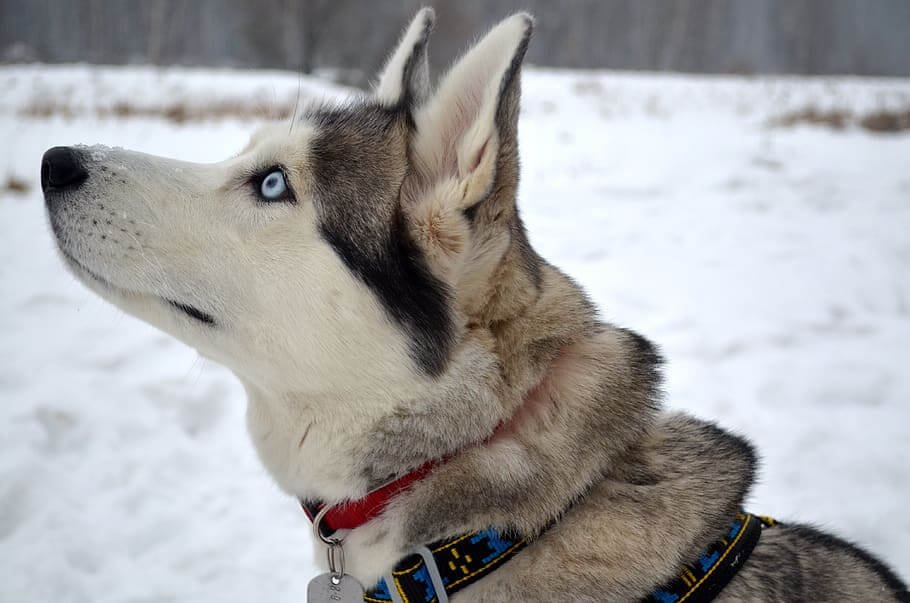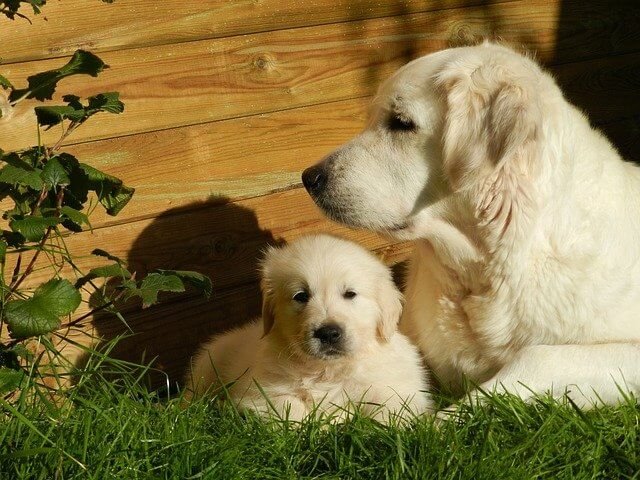If you have just welcomed a new puppy into your home, congratulations! That means lots of kisses, tail wags, playing catch the ball, and walks with your new pup. However, what they don’t tell you is the sleepless nights of potty training, barking, teething, and your dog’s bouts of separation anxiety.
Worry not, as these can be all addressed with good training. Although puppy training may seem overwhelming on the first try, the great news is your little critter will be more than eager to have more time with you at the end of their leash. It is always great to start training as early as possible.

Image source
Here are some practical ways of how you can train your new puppy and have the best time as your little one grows up:
Table of Contents
1. Be prepared with a lot of yummy treats.
As young as eight weeks, you can already train your puppy. This is considered the best time to start your training sessions. The pup’s behavior can be easily malleable, and you can quickly correct inappropriate manners and actions. These lessons should be short and fun as puppies are known to have a short attention span.
The best way to reward your puppy for a job well done during these training sessions is to hand them high-value treats. Vitapet for Puppies provides a wide range of goodies – from chicken to duck to beef and cheese. They also offer puppy snacks that are recommendable for dog issues such as digestion, skin and coat problems and even joint care.
2. Crate training leads to easier potty training.
Housetraining your dog can be an exhausting feat, but with the right tools, you may be able to control your pup’s potty mishaps. One effective way to instil potty training on your furry baby is to use a crate. It is essential to have your dog associate its crate as a place where it can rest, find comfort, or hide away when it wants to be left alone.
A crate is a crucial part of the potty training process as dogs generally don’t want to piss where they sleep. Crate training accelerates the potty training process and should always be backed up by positive reinforcement. If you use the crate for disciplining your puppy, such as locking it up when it shows unwanted behavior, it negates the purpose of crate training.
3. Prepare a peaceful and quiet training environment.
At this point, you may be excited to show off your new puppy and walk around your neighbourhood and show them to your new friends. However, before doing this, you should remember that puppies are just starting to explore the world and might need a little training so that they can properly socialize with people and other pets.
Initial training is best done in a controlled and peaceful environment with fewer distractions. This could be in your garage, living room, or backyard. Having your dog focus on you solely can encourage learning, and your puppy may be able to understand commands quicker.
When your puppy has been adequately trained, then you could gradually take the training out of the confines of your home. You can begin taking your puppy for short-distance walks and even say hi to other friendly fur babies along the way.
4. Consistency is key.
Whenever you train your little one, whether it’s for potty training or teaching your puppy basic commands such as “sit” or “stay,” consistency is crucial to set up your training for success. For potty training, a rigid schedule should be set first so that accidents won’t happen inside the house.
The younger your puppy, the least it can be able to hold its pee. So it is better to let your puppy do it numerous times a day, especially when it wakes up, after eating, or even after training sessions. Dogs are predisposed to behave better when they follow a routine, so being consistent with training in their daily lives will make not only your dog’s life but also your own life more manageable.
Other times when you need to be consistent is by correcting your dog’s eating behaviours. Some pups are allowed by their furmom or furdad to eat table food or are handed food from their owner’s plate. This may later lead to manipulative behaviour by your puppy, such as begging or whining. Consistently restraining your dog from eating food off your table is more beneficial so that you don’t have to deal with naughty and inappropriate puppy behaviour.
5. A positive attitude is your key to success.
Training is a way for both you and your puppy to be closer together and at the same time have fun. However, there are days when your pup might not be in the mood to do anything or might not be able to follow commands easily. In this case, do not get easily frustrated. Not all dogs get training quickly the first time, and your dog may be one of them.
In facing the challenge of training your puppy, it is beneficial to your dog and for you to have a positive attitude and open mind. There might be minor mistakes here and there, such as a potty accident or not being able to follow commands when told to, but that’s okay! There’s no perfect puppy, but a well-trained loved one can always make a huge difference.
Takeaway
Having a new puppy is undoubtedly an exciting time. With enough patience and understanding, you may be able to have a harmonious and memorable relationship with your new pup. You have this little one to be your life companion (or at least in their lifetime), so make it count.







